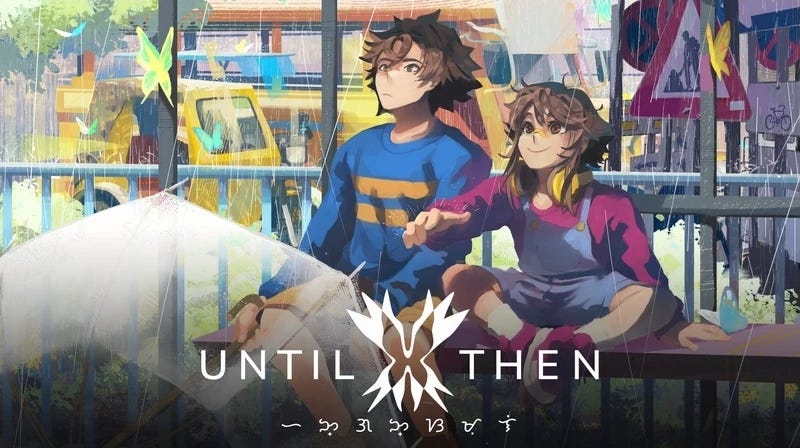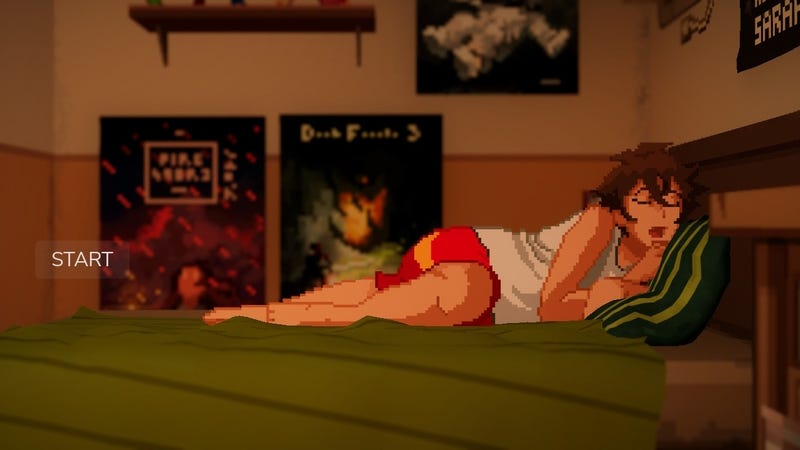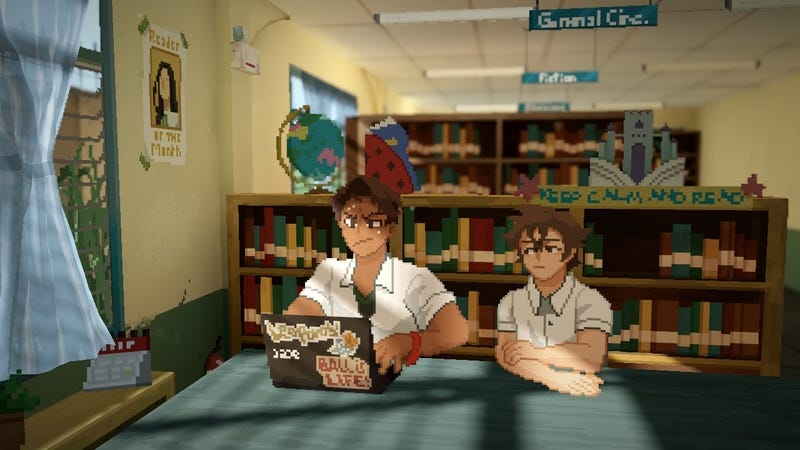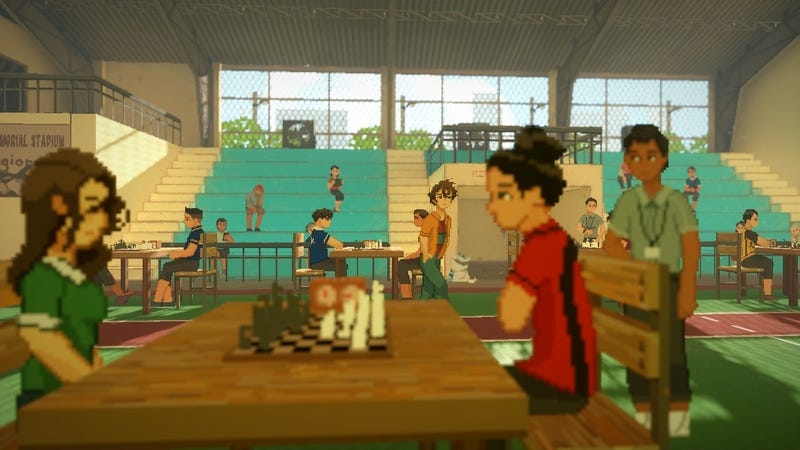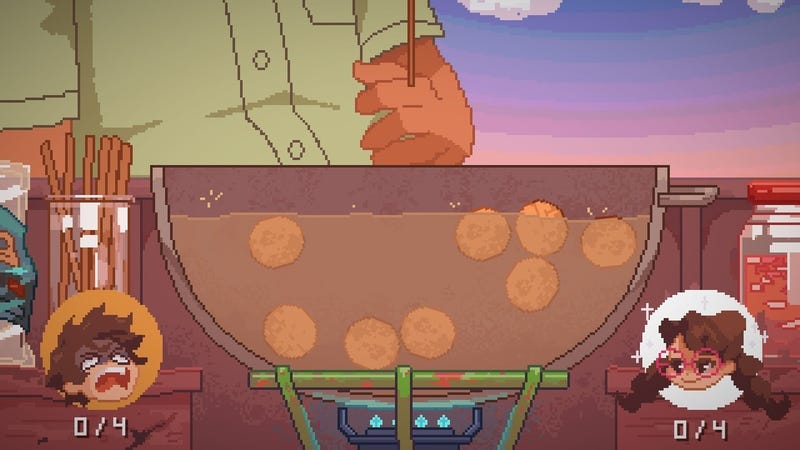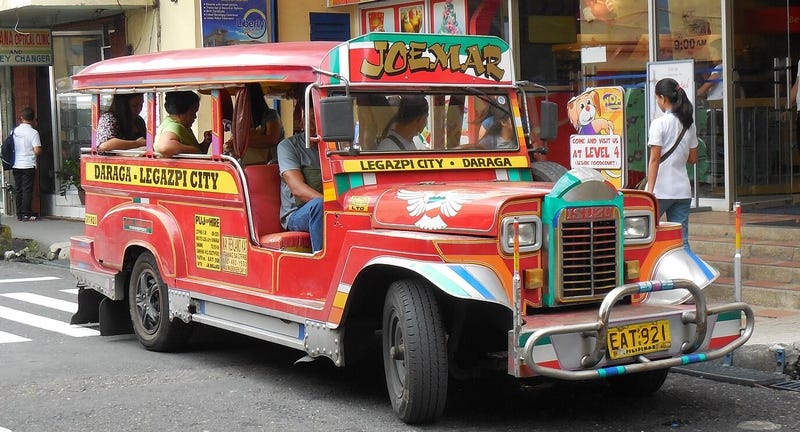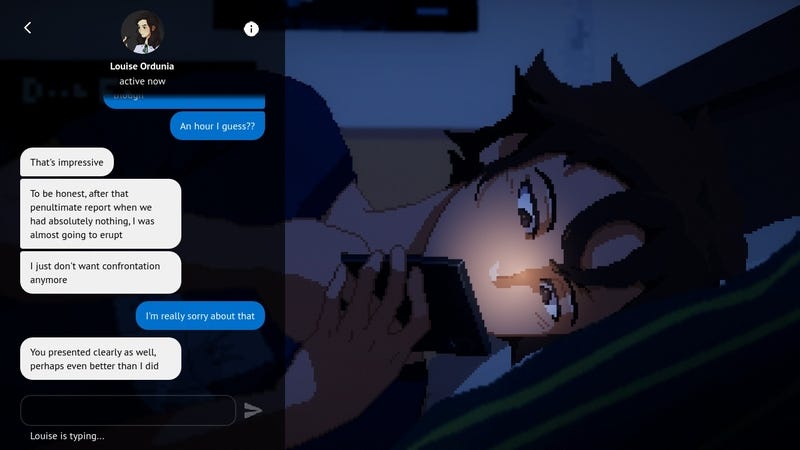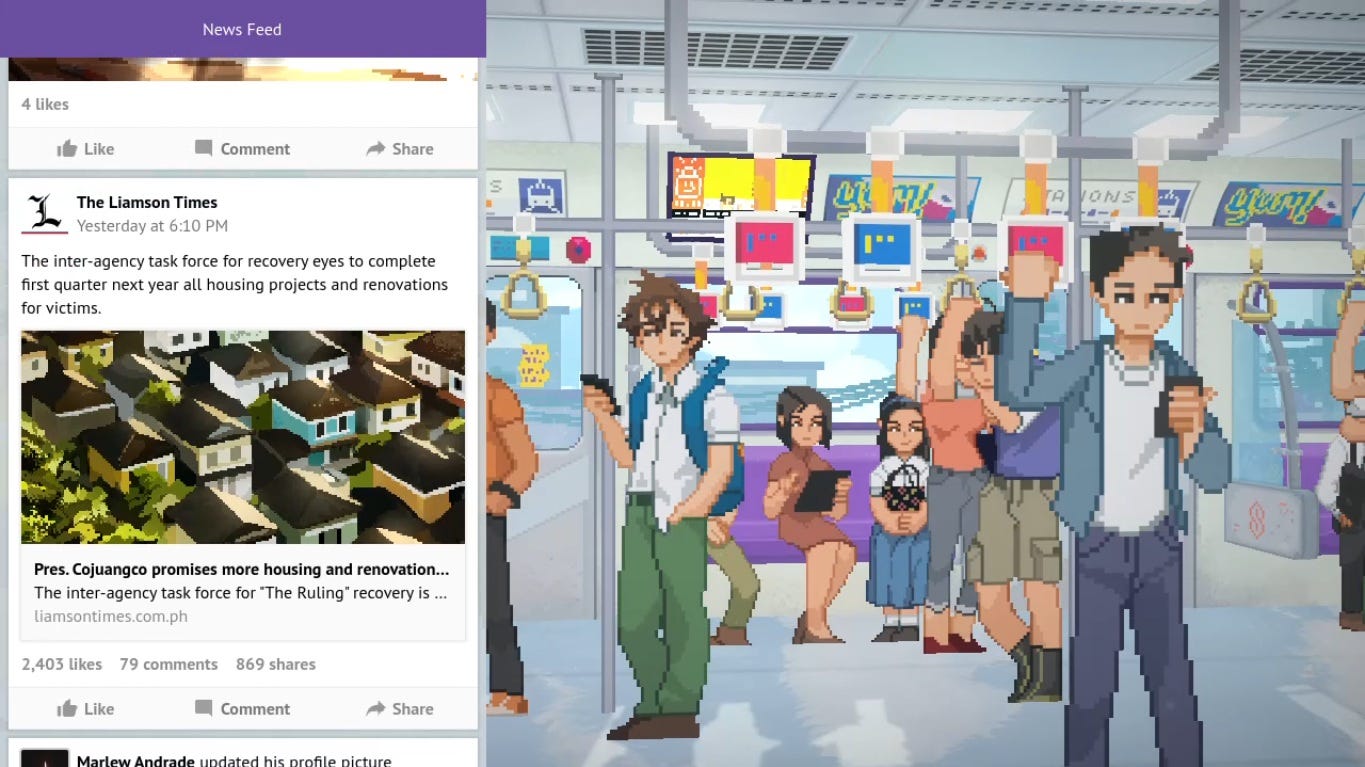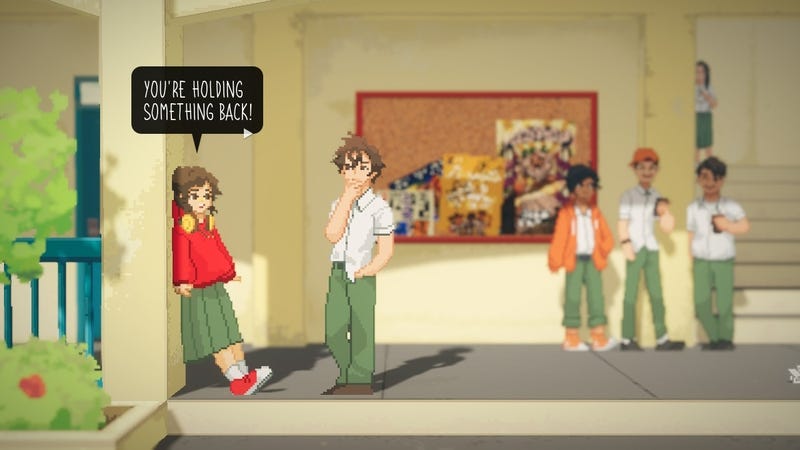World Tour: Until Then and the Philippines
Coming of age in Manila #worldtour #philippines #videogame.
Welcome back to Artcade, the carry-on for people who travel light, take public transit, and try not to be tourists but “real” travelers—whatever that means. Today’s destination is a place that exists and doesn’t exist at the same time: Metro Manila, seen from the window of a jeepney. What’s that? You don’t know what a jeepney is? And what’s that “Metro” before Manila, and why might it “not exist”? Easy, easy—we’re still in the intro. No need to rush. Enjoy the read!

Let’s narrow the focus. The Philippines are made up of more than seven thousand islands, and over a hundred languages are spoken, even if only (only!) nineteen are officially recognized. Until Then takes us to Manila, the capital, to follow a boy named Mark through school, friendships, and a strange sense of déjà vu that keeps nudging its way into his present. Most days pass quietly. Every now and then, the screen (and the city) flickers.
Right in the logo, Until Then brings Filipino culture onstage: next to the title there’s a word in Baybayin, a pre-colonial writing system whose curved strokes spell out “Hanggang sa muli.” Literally, it’s “Until then,” but “Until we meet again” reads better. Part title, part promise.
A contemporary setting frames the lives of a few teenagers trying to make sense of things (the story is much more interesting than that, but I’m hiding behind this bland sentence to avoid spoilers). Everyday moments and dialogue are the body of the game, starting from the very first screen.
Manila—or Metro Manila, if we mean the whole region that includes the capital—is incredibly alive: it’s the street noise that does most of the talking. Car horns, store radios, the blended chatter of commuters: every sound makes the city three-dimensional.
Many places you’ll visit are based on real ones, like Bonifacio KRT-2 station, drawn after Katipunan station on Metro Manila’s LRT Line 2.

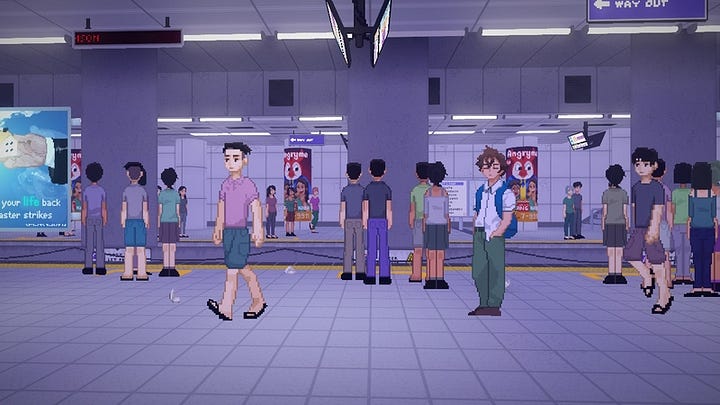
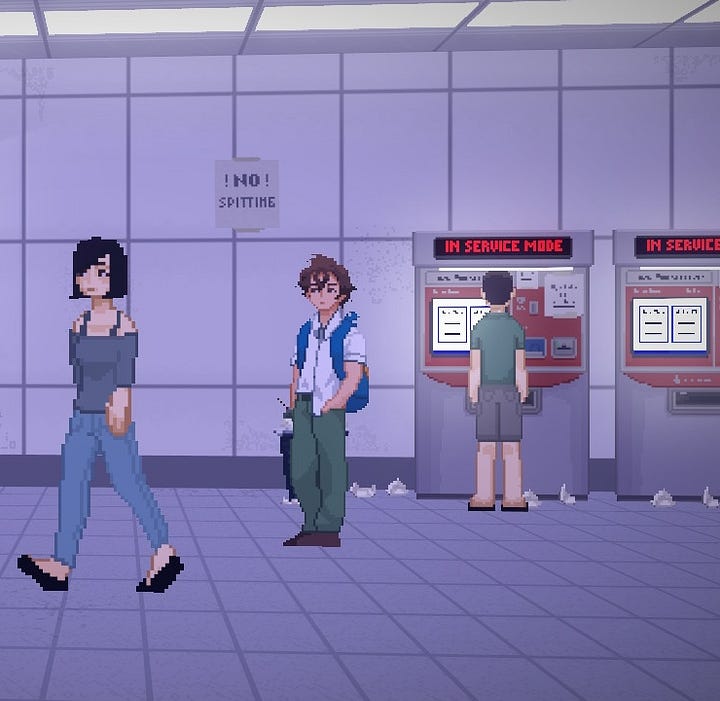
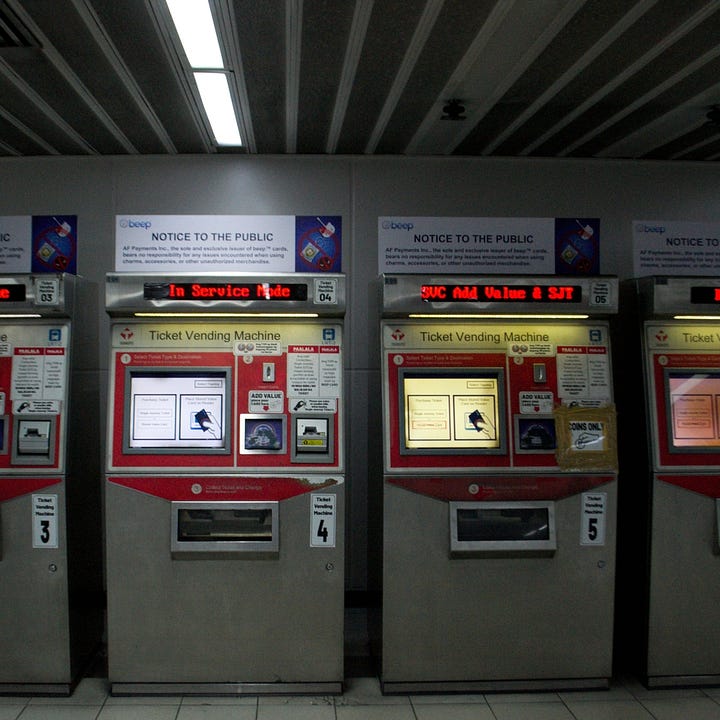
The game is a visual novel, meaning the story moves forward without fast, twitchy controller inputs, aside from a few small minigames scattered across the chapters (we’ll come back to those). Everything revolves around the characters, so much so that the official website even has a quiz to see which one you resemble.
Wedged between chess tournaments and street food (exactly like this paragraph), the story shows us a ton of tiny Filipino details: from sari-sari stores (family-run shops) to the protagonist’s love of menudo Filipino-style, a stew of vegetables, pork, and liver (not to be confused with Mexican menudo, made with tripe and closer to a soup… sooner or later we’ll have to go to Mexico, too.)
The minigames that pop up here and there are all Filipino-centric. One example (screenshot above) is the street cart frying fishballs, the perfect setting for a speed contest to skewer as many as you can. If you meet one in real life, try the different sauces and blow on the first bite so you don’t burn your tongue. Another minigame puts you on a jeepney—part bus, part kitschy sculpture of decals (photo below). And another one challenges you with karaoke (by the way, did you know the only worldwide patent tied to karaoke is by a Filipino inventor, Roberto del Rosario?). Lots of little moments that do more to tell a country’s story than pages and pages of cultural lore.
Amid the many details in this big fresco there’s one that isn’t “traditional”: the smartphone. And yet the phone screen is a fascinating stage prop. Ever-present in the protagonist’s hands, it shows group chats, posts, and messages that sketch a second skyline of the city. It isn’t just a narrative trick. It’s a geography lesson on 2020-something adolescence, where the shortest distance between two points is a notification.
The game, never in a hurry, moves through days and small problems, then introduces a larger mystery that still doesn’t distract from the relational crises of Mark and his friends. Until Then tastes spicy, like classic adobo. If you don’t know adobo, you can click the link. Or, your call, you can play Until Then.
Polychroma Games (2024) Until Then [Video game] [Visual novel] [15½ Hours] (Nintendo Switch) [PlayStation 5, Windows] Maximum Entertainment.
My last two coins
Sometimes the best trips are the ones where almost nothing happens. A kind of white noise that contains everything that did happen: you laugh, you eat, you spend time together. Back home you’re left with a diffuse feeling of well-being, and that trip will pop up again and again on the surface of memory, pushed there by a smell, a color, or a phrase. “See you next time” is one of those phrases—or better, “Hanggang sa muli.” If I’ve got it right, it means we’ll spend time together again. As for Artcade, that much is certain: see you in the next episode. Ciao!


